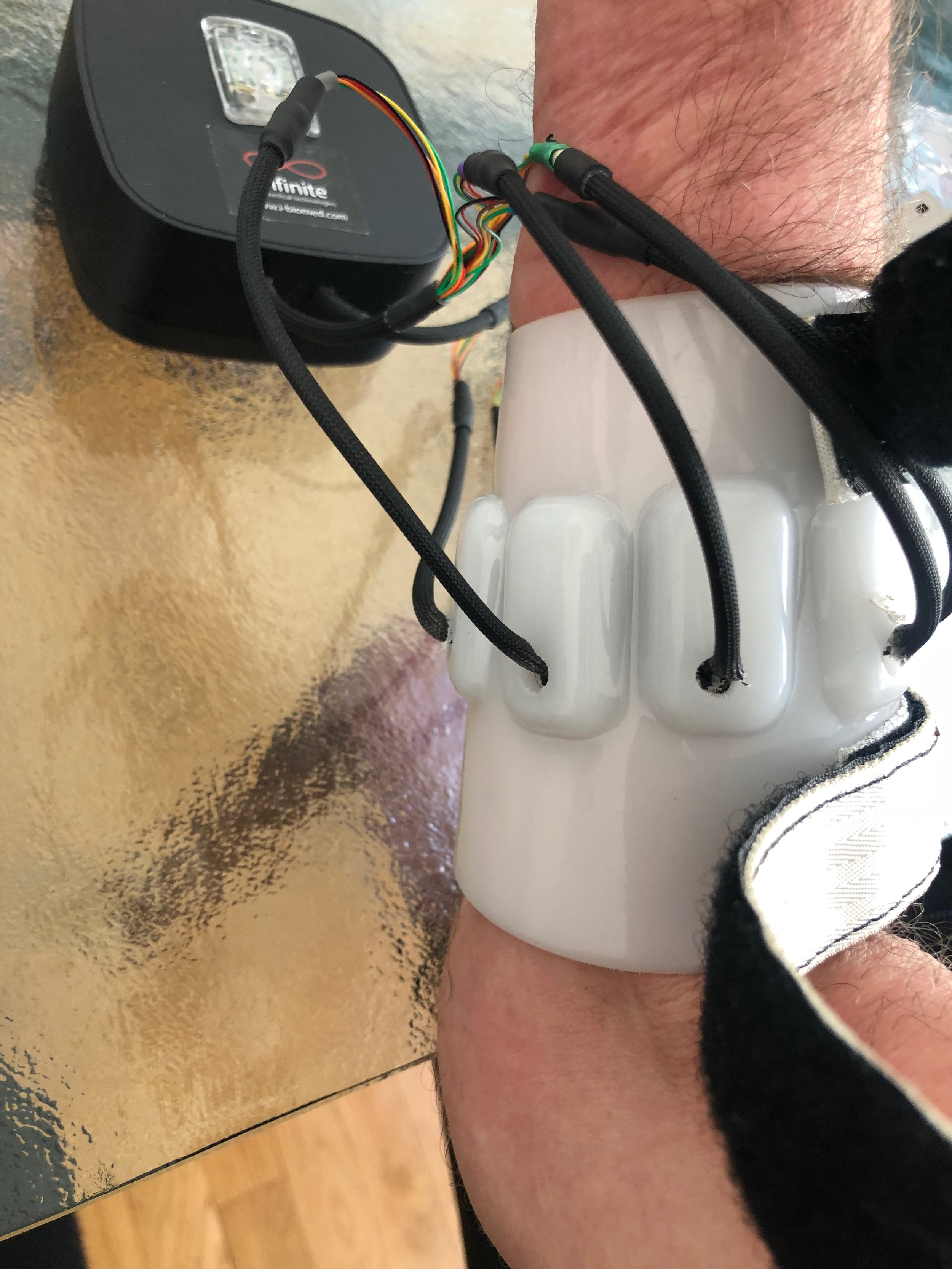So. Many. Stories. Attending the Amputee Coalition’s National Conference is like attending one big storytelling festival for those with limb loss and limb difference - along with lectures, exhibits, and a number of “first time” activities - such as swimming and dancing. With over 1000 attendees at the summer 2019 three day event, the theme of “People, Purpose, Passion” is one that resonates with the diverse crowd of amputees, family, friends and healthcare professionals.
The proceedings opened July 18, 2019 in San Antonio with a flair - featuring dancers in traditional costume performing a traditional dance to encouragement and cheers. Opening remarks featured a panel of those with limb loss and limb difference. Each had a story to tell. Motivational speaker, athlete, and amputee John Register shared his journey and uplifting message. These stories are often shared experiences of trauma and disease, fear and uncertainty, and ultimately triumph and hope! Shouts of “Amen”, cheers, whistles and clapping greeted the speakers as their words resonated in the meeting room. The message was clear. Become an educated consumer. Learn to be your own advocate and advocate for others. Create a new normal that leads to transformation. Share and learn from each other. Try new things. You are not alone!
A number of classes were available to encourage attendees to participate in their “First Swim” or “First Dance”, sponsored by OPAF. This organization believes in “Changing lives through adaptive recreation.” The First Dance class featured professional ballroom dancer and instructor Adrianne Haslet, who lost a leg in the Boston Marathon terrorist bombing. Lining up class members in two facing lines, she taught Rhumba and of course, the Texas Two-Step. The big closing event on Saturday is a dance party, and those who needed a little dancing class were being well prepared.
Breakout groups for amputees with similar levels of amputation were frank and personal, with people sharing anything and everything they could think of that might help the others. There were also classes for those who wanted to learn how to start or run support groups and also, the day before the conference started, Certified Peer Visitor (CPV) classes. Many attendees noted that if they had had access to a CPV, they would have been much comforted before undergoing their own amputation.
There were also several sessions that encouraged amputees to take the AC training courses to become a Lead Advocate - to be able to advocate at the local, state and federal level when called upon. Advocates play a vital role in changing policies for amputees - including insurance policies. A number of advocate roles are available, with an advocate program for non amputees also in the works. If you are interested in the training program and need more information, click here.
Attendees gathered together in groups and excitedly shared information about the exhibits, classes they had attended, or even their tourist experiences on the San Antonio Riverwalk. Colorful laminations featured glitter, unicorns, sports teams and other themes. Pediatric amputees who hadn’t known each other previously ran around in excited groups of instant new friends. It didn’t matter if you were upper or lower, bilateral, a toddler, a seasoned amputee, or still sorting out your first prosthesis and first steps, the ebb and flow of people and story filled the meeting spaces:
“Here, let me get that for you. We have to help each other.”
“Make a conscious effort to choose happiness.”
“How did you lose your leg?”
“I went from the amputee club to the cancer club.”
And humor that perhaps only amputees can appreciate:
“We just taped my skin back on.”
“An amputation extended my expire by date.”
“I always danced with two left feet.”
A T-shirt said “My other leg is on lay-away.”
“People, Purpose, Passion” is a theme that will be carried forward as attendees take this message and their enthusiasm back home to their families, coworkers, support groups and their local communities. This conference is a celebration of life, shared experience and purpose.
Next year’s conference will be held in Washington, DC.








